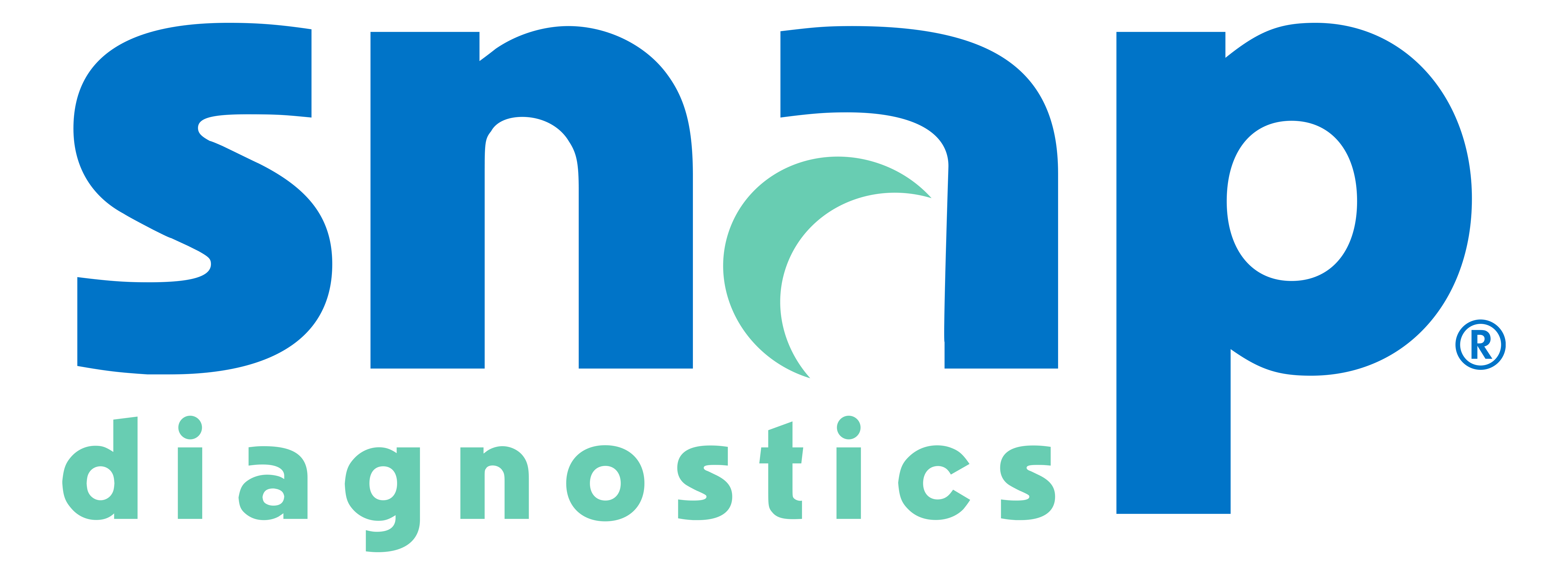Snap Validation Studies | Studies Using Snap | Clinical Practice Guidelines
Snap Validation Studies
Obstructive Sleep Apnea (OSA)
A comparison of polysomnography and a portable home sleep study in the diagnosis of obstructive sleep apnea (OSA) syndrome
Su S, Baroody FM, Kohrman M, Suskind D. Otolaryngol Head Neck Surg. 2004 Dec; 131 (6): 844-850
In a study conducted by the University of Chicago Sleep Disorder Clinic, 60 patients underwent a Snap test and traditional polysomnography (PSG) on the same night. The authors concluded that the Snap home sleep study has good sensitivity, specificity, positive and negative predictive values, and “is an excellent tool for the diagnosis of OSA.”
Validations of a portable home sleep study with twelve-lead polysomnography: Comparisons and insights into a variable gold standard
Michaelson PG, Allan P, Chaney, J, Mair EA. Ann Otol Rhinol Laryngol. 2006 Nov; 115 (11): 802-809
In a study conducted by the Sleep Center at Wilford Hall United States Air Force Medical Center, 59 patients concurrently underwent a Snap test and twelve-lead polysomnography (PSG). The authors concluded that the correlation between the Snap home sleep study and PSG demonstrates that the Snap Test is “a suitable alternative to traditional PSG.” The authors further noted that the home test reduces test cost, decreases patient wait times, increases convenience, and is statistically proven to be accurate.
Snoring and Acoustical Analysis
Acoustical analysis of snoring: Can the probability of success be predicted?
Brietzke SE, Mair EA. Otolaryngol Head Neck Surg. 2006 Sep; 135 (3): 417-420
Palatal flutter snoring is the most common form of snoring, however other types of snoring exist. A study conducted by Walter Reed Army Medical Center investigated whether using Snap acoustical analysis to identify palatal snoring prior to performing palatal stiffening procedures could inform treatment success. Fifty-three patients presenting with snoring were evaluated with a Snap test and the proportion and magnitude of palatal flutter were quantified. Patients then underwent a palatal stiffening procedure and subjective success/failure was assessed. The authors concluded that “identifying patients with predominant palatal flutter snoring significantly increases the probability of subjective treatment success.”
